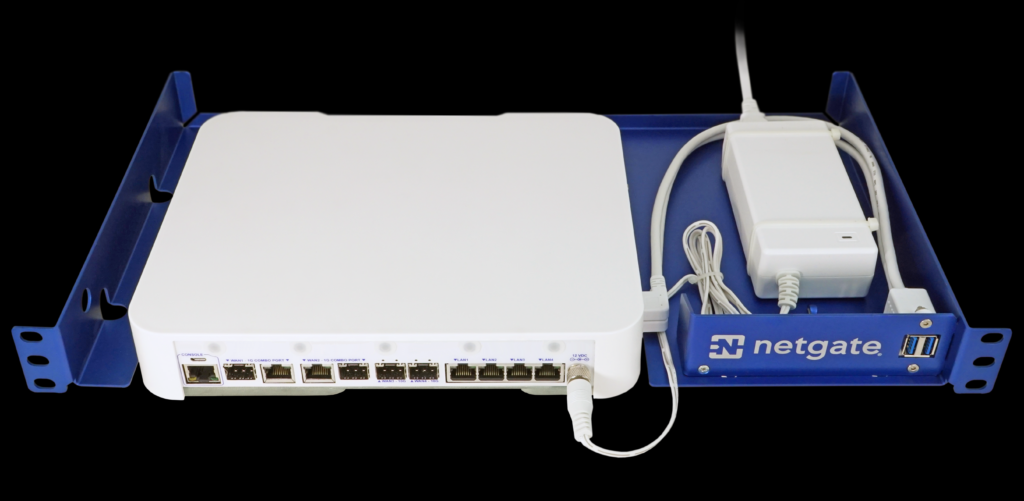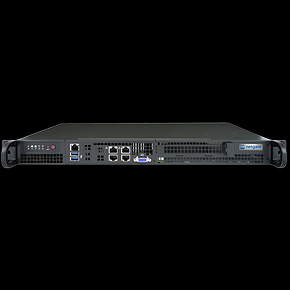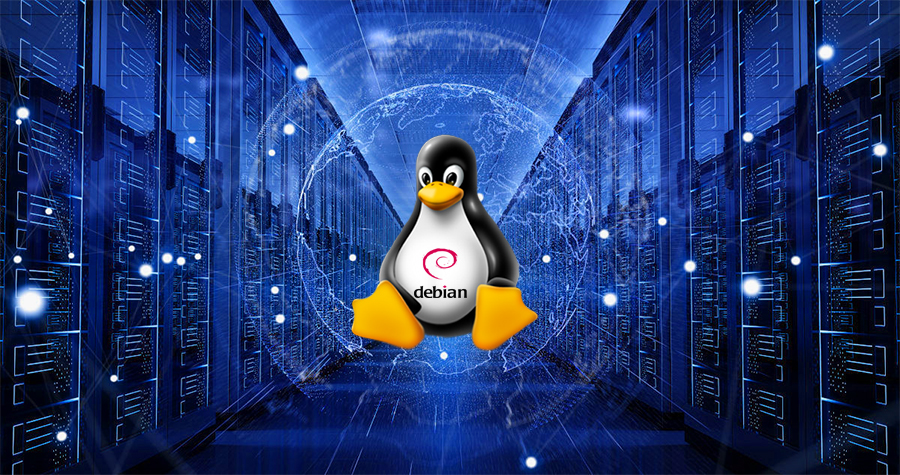What is pfSense, and what is it for?
pfSense Software is a custom distribution of FreeBSD, which is one of the operating systems that has the most reputation in terms of stability, robustness, and security. This distribution was launched in 2006 by Rubicon Communications, LLC (Netgate). It was created to be used as the main operating system of servers or devices that serve as firewalls (Firewall) or Router (Router) in both business and home solutions. This firewall solution is open source (Open Source) and has a good community of developers and users from all over the world. In this article, we will give a brief introduction to pfSense.
You can use pfSense as a solution for:
- Router
- Firewall
- Perimeter Firewall (Gateway Firewall)
- Gateway Server
- Elementary network services server (NTP, DHCP, Resolver, Forwarder, VPN, etc.) its functions can be expanded through packages (plugins).
Main features of pfSense
- Network operating system
- Open Source router and firewall solution, also includes paid version (pfSense Plus)
- Open source platform
- Based on FreeBSD.
- In addition, it enables filtering by origin, destination, protocol, source and destination port, among other filters.
- Easy and fast administration through web interface and terminal, locally or remotely using SSH or serial port.
- Supports multiple languages
- Supports dark visual themes in the administration web interface.
- Customizable and expandable dashboard with widgets
- Soporta Bridges, VLANs, Bonding / CARP (Common Address Redundancy Protocol), QoS, VPNs
- Supports high availability (HA) technology and server synchronization in master – slave configurations.
- Includes network diagnostic tools (ICMP, ARP, NSLookups, etc.)
- Includes link monitor
- Real-time traffic graphs
- Allows you to define aliases for networks, IP addresses, ports, URLs to facilitate changes to rules and configurations.
- Allows you to implement quality of service (QoS)
- Allows you to implement queuing systems
- Allows you to implement traffic limiters
- Allows you to define schedulers for rules, limiters, etc.
- Its web administration web interface is developed in PHP
- Supports Multi WAN
- Allows load balancing between multiple links or internet providers, achieving high availability of communication
- Supports (Network Address Translation) NAT, (Port Address Translation) PAT, both input and output.
- Support for logs and events of the system, services, firewall, etc.
- It has a Captive Portal
Minimum recommended hardware requirements
- 64-bit processor of at least 500 MHz
- 512 Megabytes of RAM
- 2 Gigs of storage (minimum)
- 1 network card in case of vlans or 2 for work without vlans
Where can I download it?
It is best to download it from its official site https://www.pfsense.org in the download section https://www.pfsense.org/download/
hardware devices
Although pfSense is software, it is also distributed in devices for business, home or test laboratory environments, these devices are known as appliances .

Another is Netgate 8200



If you have reached this point and are eager to try pfSense, you can see our article on how to install pfSense step by step from scratch by clicking on the following link, Installing pfSense 2.6 Firewall Server.
Was this Introduction to pfSense useful to you? Share the article on social networks with your friends and leave us your comments.






